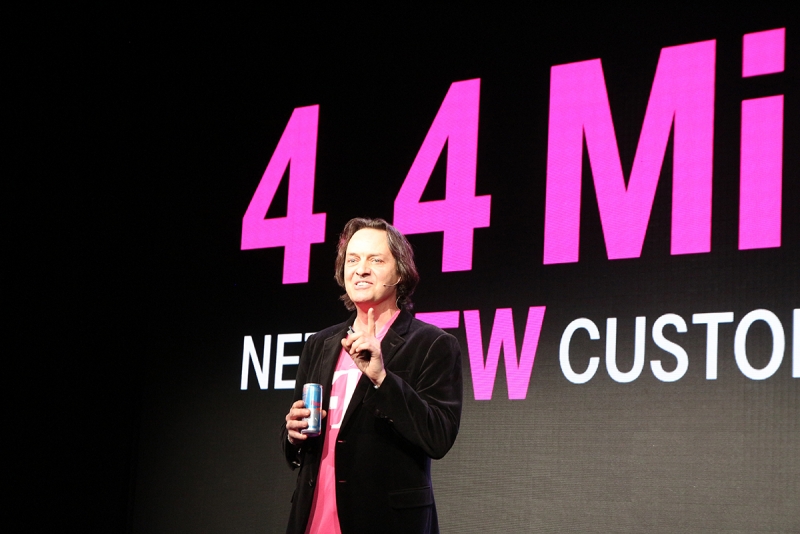With T-Mobile's Binge On program that launched last month, subscribers can stream videos from Netflix, HBO Go, and a number of other content providers without the fear of reaching their data limits for the month. In theory, it sounds like a tempting offer, but the reality of the situation is much less attractive.
Regardless of whether or not the service is featured in the Binge On program, video providers are having their content downgraded to an embarrassing 480p resolution. This includes YouTube, who's publicly upset by the notion.
The company went as far as reporting a statement to The Wall Street Journal, claiming that "reducing data charges can be good for users, but it doesn't justify throttling all video services, especially without explicit user consent."
That's right – unfortunately, for T-Mobile users, Binge On is automatically enabled for anyone with a standard data plan, so long as they get at least 3GB of bandwidth every month. This means that if you have a smartphone on T-Mobile, chances are, your video quality is being downgraded without your permission. Of course, Binge On can be turned off at any time; it's just a matter of knowing it's there to begin with.
Just last week, the FCC started looking into the legalities of T-Mobile's Binge On and Music Freedom programs, both of which exempt a specific set of services from counting against carrier-enforced data caps. In accordance the the commission's newly administered net neutrality laws, traffic throttling and prioritization are off-limits. It's not clear, however, whether or not T-Mobile's incentives interfere with these rules.
When asked about YouTube's statement by Wall Street analyst Walt Piecyk, T-Mobile CEO John Legre responded with expected affirmation:
@WaltBTIG @WSJ Our customers ❤️ #BingeOn - streaming video w/o hitting their data bucket AND complete control to turn it on/off at will!
--- John Legere (@JohnLegere) December 22, 2015
The Wall Street Journal reports alleged that YouTube wasn't included in the Binge On program because of T-Mobile's inability to consistently gauge the video provider's traffic metrics. For the time being, it doesn't seem like YouTube cared for an invite anyway.
